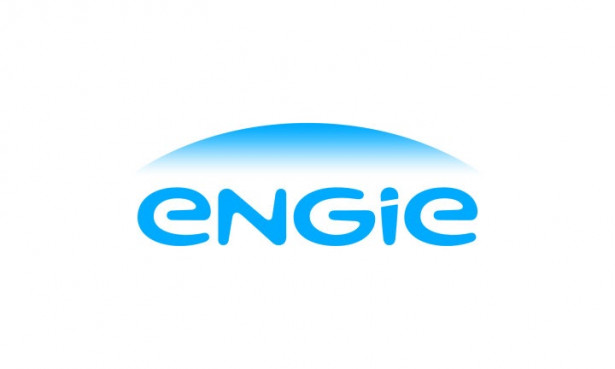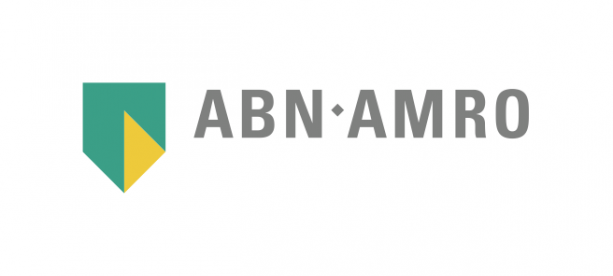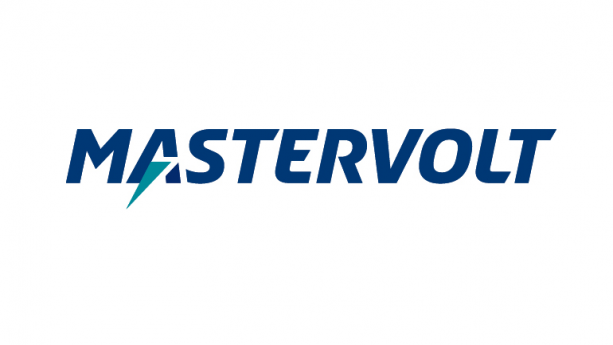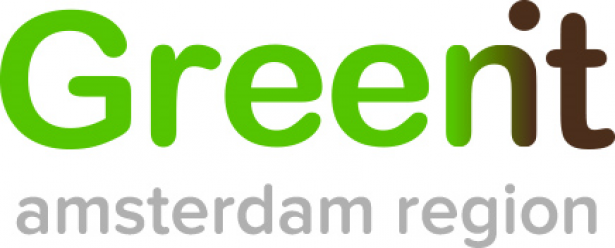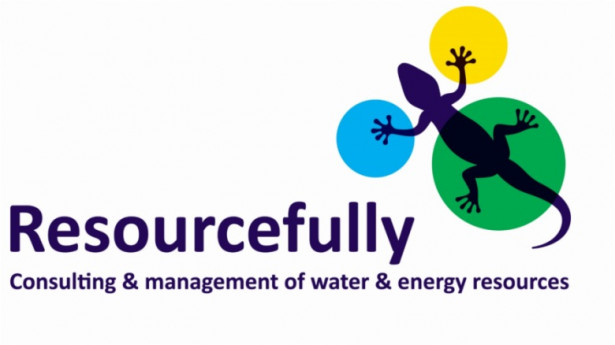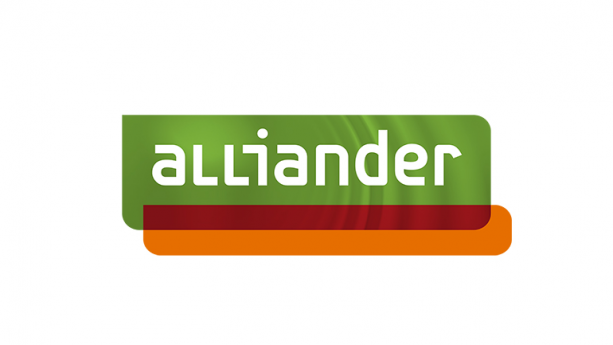Stay in the know on all smart updates of your favorite topics.
Mobility and transport are crucial for a city to function properly. Amsterdam is considered the world capital of cycling; 32% of traffic movement in Amsterdam is by bike and 63% of its inhabitants use their bike on daily basis. The number of registered electrical car owners in the Netherlands increased with 53% to 28.889 in 2016. Since 2008 car sharing increased with 376%. However, this is less than 1% of the total car use. Innovative ideas and concepts can help to improve the city’s accessibility, so share your ideas and concepts here.
Zuidasdok

Amsterdam's business district 'Zuidas' gets a big overhaul the next couple of years.
Toogethr
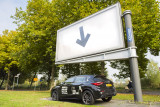
Share a ride, Toogethr.
Partners:
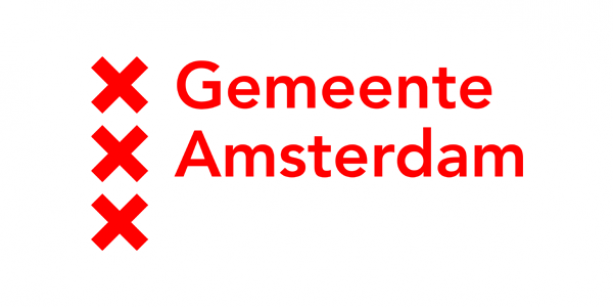
KeyPass hands free mobile ticketing

A Bluetooth solution that will allow operators to track passengers with valid mobile tickets and and let them pass through the gate with no user interaction.
Movby - Local Friendly Mobility Solutions

Adventures start with Movby. Unlock unique rides and experience a city like a local, even if it's for a day - Or share yours and earn.
https://www.instagram.com/movby/
https://www.facebook.com/movby/
contact email: hello.movby@gmail.com

Cross Chain Control for waste collection and processing

Cooperation between companies in South East Amsterdam, waste collectors, start-ups and knowledge institutions on the realisation of a circular economy and the reduction in the number of journeys.
Amsterdam Metropolitan Area raw materials agenda

Accelerating the transition to a circular economy by encouraging cooperation at regional level – between companies, authorities and knowledge institutions – and new activities.
SEEV4-City: Smart, clean Energy and Electric Vehicles for the City

SEEV4-City stands for ‘Smart, clean Energy and Electric Vehicles 4 the City’.The SEEV4-City project is exploring how to harness Information and Communication Technologies to structure the energy system in such a way that electric vehicles can be charged by locally produced renewable energy while utilising surplus energy stored in the car batteries. The project involves 7 operational, long-term pilots in 6 cities in 5 European countries.
SEEV4-City project partner Amsterdam ArenA launched on 30th November 2016 their Storage Project together with partners Nissan, EATON and The Mobility House, and is looking forward to further develop the functionality and possible services of this battery storage as part of the SEEV4-City Program.
More information
Stay up to date with this project through the official website: <http://www.northsearegion.eu/seev4-city/>
Or download this information:
http://www.northsearegion.eu/media/2502/seev4-city-_point-of-departure_brochure.pdf
<http://www.northsearegion.eu/media/3024/1706-smart-e-mobility-magazine-seev4-city-article.pdf>
http://www.northsearegion.eu/media/3244/170223_poster_seev4city.pdf
<http://www.northsearegion.eu/media/3162/towards-emission-free-traffic-in-amsterdam.pdf>
Urban Factory - AUAS (HvA)
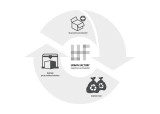
make the circular economy more tangible
Circular Dataplatform
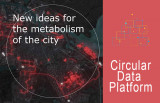
creating insights in the flow of raw material and waste
Urban Pulse research as starting point
The Urban Pulse research generated the knowledge required to build sustainability strategies for energy, water, food, and natural resources in the city.
A fresh approach to ‘urban metabolism’ can ensure that Amsterdam will be spared shortages of energy, water, food or natural resources in the future, and will reduce environmental pressure. This can only be achieved by acquiring a clear and precise understanding of the flow patterns of essential resources in the city. The researchers used a combination of methods and technologies informed by local residents, knowledge and industry partners.
Data of different urban flows such as water, waste, food and energy must be integrated and made easily accessible to relevant stakeholders. Only then can it become possible to identify options for reuse, cascading and synergies between these different urban flows.

Download the Urban Pulse report
Read more about the PUMA Project.
Publications
<http://www.sciencedirect.com/science/article/pii/S0921344916302294>
http://onlinelibrary.wiley.com/doi/10.1111/jiec.12461/abstract
PUMA: Prospecting the Urban Mines of Amsterdam
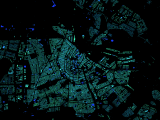
exploring Amsterdam's 'urban mine'
Conclusion & results
Overall, most assumption were found to remain valid, although the validity of some assumptions could not be indicated, specifically due to the lack of access to roof spaces. However, five assumptions were found to be in need of revision, these are briefly listed in this chapter together with associated revision recommendations.
1. Buildings before 1900 were found to not include steel in the load-bearing
structure
Construction year data from the BAG register is available, which could provide
an indication of the metal content of the load bearing structure. Inclusion of the
construction year in the dataset, combined with a with a lower steel score for
buildings built before 1900, should be considered.
2. Apartments smaller than 75m2 were found not to have a separate toilet and
bathroom, instead the toilet was present in the bathroom
The assumed amenities of the 55 - 75m2 standard apartment could be changed to
one kitchen and a bathroom with toilet. The impact on the metal content should
be researched and adapted when change is found to be significant.
3. Recently completed buildings were found not to be included in the database
It should be ensured that the database is kept up to date in order to account for
these recently completed building.
4. Some buildings with a non-residential function were found to (temporarily)
accommodate a residential function
To account for all residential buildings, a clear distinction needs to be made
between the residential function and use of the building. Although the currently
used BAG function distinction might very well be adequate, research on the
relevance of including buildings used for residential purposes, but with other
functions according to the BAG register is recommended. This research should
account for the metal concentration in these buildings versus the amount of
these buildings in Amsterdam.
5. Some buildings were found to use electric cooking appliances rather than gas
The absence of gas connections in the kitchen is likely to lower the copper content
of the building. Because policy objectives increasingly aim to disconnect from
the gas infrastructure (ECN, 2016), it is recommended to research its impact on
the amount of copper in buildings to be able to accurately estimate the copper
content in the future.
Download the publication.
Go to the projectsite.
Partners:
Leiden University, Institute of Environmental Sciences: Ester van der Voet, Ruben Huele
Waag Society: Job Spierings, Ruben Huele
AMS Institute / Delft University of Technology, Faculty of Architecture and the Built Environment: Ellen van Bueren, Alexander Koutamanis, Boukje van Reijn
Metabolic: Anna Krotova
Industrial Ecology students: Luuk Gremmen, Sho Lin
Project leader / contact:
Ruben Huele, <a>urbmines@xs4all.nl</a>
AUAS (HvA): Urban Technology programme

Circular City is intended to help Amsterdam make the transition to a circular city, with a focus on the high-quality reuse of materials and products, local production, waste and return logistics, circular construction and area development.

AMS institute: Circular City research programme

To establish healthy and regenerative resource flows that retain or increase value in cities’ subsystems, there is dire need for new concepts as well as rigorous and critical testing of existing ones: both at an academic and practical level.
Introduction
To establish healthy and regenerative resource flows that retain or increase value in cities’ subsystems, there is dire need for new concepts as well as rigorous and critical testing of existing ones: both at an academic and practical level. This relates to e.g. aligning & connecting flows, exploring shared value models, implementing smart sensing technologies, identifying displacement effects etc. The impact on how cities are conceived, materialized and operationalized in a circular framework can hardly be overstated. Some impacts can be imagined, based on current knowledge, but most can at best be anticipated. This is due to cities being complex, adaptive systems. This notion resonates in the AMS institute Circular City research program through the three subthemes: materials & buildings, nutrients recovery from wastewater, and urban energy systems.
Each subtheme has its own research priorities, determined by the interplay between city, society and science. Furthermore, the three themes comprise multiple interrelations and synergetic potential. Think for example of the role that wastewater can play in thermal energy supply or the circulation of building blocks for plastics and other materials. Or how local nutrient recovery systems inform building design and neighbourhood development. Other examples are e.g. ‘embodied’ water and material use required for the energy transition we are facing, and rebound effects that may occur when such an energy transition leads to lower energy bills.
Subtheme 1: materials & buildings
Resource depletion and waste generation are two phenomena that, due to their nonregenerative and polluting character, hinder healthy and sustainable development of urban environments. A shift from linear to circular resource management offers a potential solution, but requires new production and consumption models. Not least with regard to buildings and infrastructures. The main focus of this theme is on materials that are temporarily stored in built constructions for diverging – medium/long – periods of
time, but also short cycle materials, such as solid waste flows, are part of the scope.
Three scale levels are distinguished with regard to aligning flows & stocks: building,
neighbourhood, and region. The value cases associated with this theme revolve around: enhanced data-driven urban systems thinking that enable effective regenerative material flows, adding value to public or private organizations and society at large. Breakthrough innovations are linked to evidence based analytical and forecasting tools to determine optimal material (re-) circulation on the one hand, and matching value-bydesign with new business models on the other.
AMS projects e.g.: PUMA, Adaptive Circular Cities, REPAiR
Subtheme 2: nutrients recovery
Decentralised sanitation systems can play an important role in circular cities, with regard to resilient and cost effective wastewater treatment systems, while valorising the wastewater flow through: recovery of phosphates and other nutrients, biogas production, clean water, etc. Furthermore, those systems have the potential to reduce CO2 emissions and improve urban quality as perceived by the community. However, assessing this potential requires further study, monitoring and practical experience. Moreover, different solutions on various scale levels need to be taken into account from a circular perspective, such as the opportunities of end-of-pipe propositions. Value cases associated with this theme revolve around integrated wastewater treatment concepts for urban neighbourhoods, including its impact on local crop production and community building, and large-scale valorisation of wastewater through the production of algae.
Living lab focus areas: Buiksloterham, Floriade (Almere)
Subtheme 3: urban energy systems
Renewable energy systems are becoming increasingly important, not least in urban
environments, which offer specific opportunities, challenges, and limitations, dictated by their local urban context. The transition to renewable energy sources thus require
smarter energy infrastructures that are able to deal with increased variability in
consumption, storage and production at multiple scales and concerning multiple energy products and services. This theme focuses on innovation in energy systems engineering & integration, energy storage, and ICT, whilst adopting a citizen perspective. Value cases are based on: less dependency on fossil fuels, resilient adaptive systems, and meeting the changing needs of urban living. Traditionally, the energy system is organised in a top-down fashion, with a limited number of major players. Decentralized energy generation gives a need for reconsideration of such a hierarchical approach. Breakthroughs are sought in deep customisation of so called micro-grids, based on local supply & demand characteristics of the urban neighbourhoods and its energy users.
AMS projects e.g.: DC Smart, URSES, BIES
Main Research Infrastructure/Living Labs in Amsterdam:
Buiksloterham, Amsterdam Zuid-Oost, ArenA, Haarlemmermeer, and Floriade Almere.
For more information visite the AMS Institute website.
Electronic Parking-sign

Better and efficient use of load- and unloading zones and bus stops.
Action Program Smart Mobility 2016-2018- City of Amsterdam
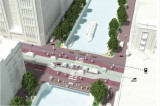
Improve the safety, accessibility, air quality, quality of life, and attractiveness of Amsterdam.
Check the Action Program Smart Mobility in English (link)
Check the Action Program Smart Mobility in Dutch (link)
Construction In Vicinities: Innovative Co-creation

The CIVIC- project aims to find innovative solutions for construction logistics
Amsterdam Practical Trial

Foreseeing a future where cars, navigation systems, traffic lights and information signs are connected and automatically working.
Smart Electric Energy Boat

In this film you can see how it works in practice!
In this film you can see how it works in practice!
An operational smart energy grid
Partners
E-Harbours - ReloadIT

ReloadIT Functional & Technical Design
Stay up to date
Get notified about new updates, opportunities or events that match your interests.

